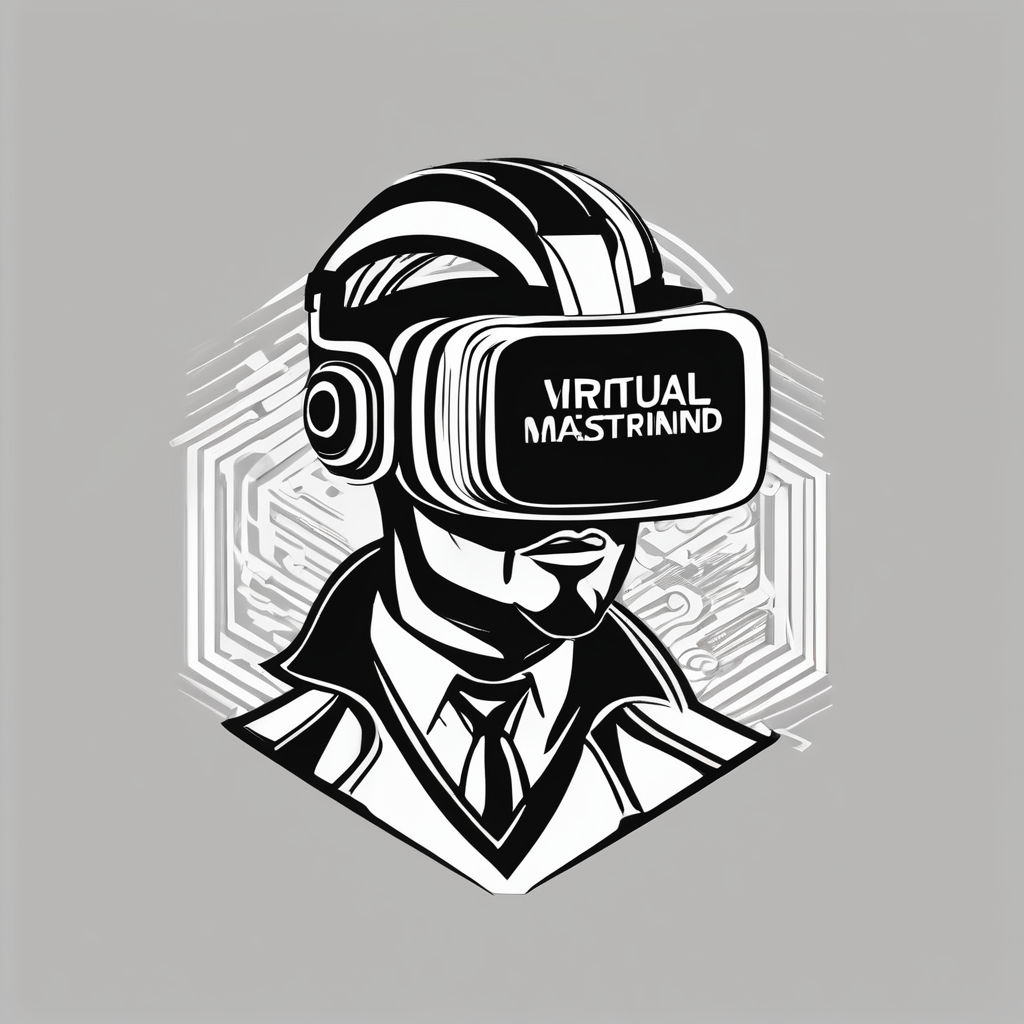Developers today are on the frontlines of enhancing virtual creatures’ realism in games, simulations, and animations. This journey towards more lifelike animal behaviors has recently seen profound advancements, thanks largely to deep learning techniques. This article aims to delve into the intricacies of how these techniques empower developers to bring animal characters to life with unprecedented realism.
Deep learning has revolutionized numerous fields, ranging from image recognition to natural language processing. In animal behavior simulation, this technology paves the way for creating more authentic and realistic animal actions and reactions. By teaching machines to recognize patterns and make decisions, developers can design an array of animal behaviors that mirror those in the natural world.
Topic to read : What are the key factors for creating realistic damage models in racing simulation games?
Deep learning models can analyze massive datasets of animal movements and interactions, enabling the creation of sophisticated behavior repertoires for virtual creatures. This represents a significant leap from traditional rule-based systems, which often fall short in capturing the nuanced and fluid nature of animal behavior. The result is a more immersive and engaging user experience.
The Role of Data in Training Deep Learning Models
Data is the cornerstone of any deep learning project. For developers aiming to simulate lifelike animal behaviors, it is essential to gather extensive and high-quality datasets. These datasets typically consist of videos, images, and sensor data capturing various animals’ movements and interactions in different environments.
Also to read : What are the key considerations for designing multiplayer economies in sandbox games?
Coupled with annotations that detail specific actions, such as walking, running, or eating, these datasets enable deep learning models to learn and replicate these behaviors accurately. The quality and diversity of the data directly influence the model’s effectiveness. Therefore, meticulous data collection and preprocessing are vital steps.
Developers can also turn to public repositories and collaborative projects for comprehensive datasets, reducing the initial hurdle of data acquisition. Tools such as motion capture technology and advanced sensors further augment the data collection process, providing precise and high-fidelity input for training models.
Techniques for Developing Realistic Animal Behaviors
Several deep learning techniques come into play when developing lifelike animal behaviors. Each technique offers unique advantages, and the choice often depends on the specific requirements of the project.
Convolutional Neural Networks (CNNs)
CNNs are particularly effective for tasks involving visual data. These networks can process video frames to identify and learn patterns in animal movements. For example, a CNN can analyze hours of footage to understand the gait of a cat or the flight patterns of a bird. Once trained, the model can generate realistic animations that faithfully reproduce these patterns.
Recurrent Neural Networks (RNNs) and Long Short-Term Memory (LSTM) Networks
RNNs and their advanced counterpart, LSTM networks, excel in handling sequential data. These networks are ideal for modeling the temporal aspects of animal behavior. By learning the sequence of movements, RNNs and LSTMs can predict future actions based on previous ones, enabling the creation of fluid and continuous animal behaviors.
Reinforcement Learning
Reinforcement learning involves training models through a system of rewards and penalties, akin to how animals learn from their environment. This technique is particularly effective for simulating complex and adaptive behaviors. By setting up an environment where virtual animals can ‘learn’ from their interactions, developers can create behaviors that adapt to changing conditions and stimuli.
Implementing and Fine-Tuning Models
Once a suitable deep learning model is chosen and trained, the next step involves implementing it within a simulation or gaming environment. This integration is crucial for the practical application of the developed behaviors.
Model Integration
Integrating deep learning models into a real-time system poses several challenges. The models must process data swiftly to ensure smooth and responsive behaviors. Techniques such as model optimization and hardware acceleration (e.g., using GPUs) play a vital role here. Efficient algorithms and frameworks ensure that the models run seamlessly within the game’s architecture.
Behavior Fine-Tuning
Fine-tuning the behaviors involves iterative testing and adjustments. Developers must scrutinize the virtual animals’ actions in various scenarios to ensure they appear natural and consistent. This step often requires a multidisciplinary approach, combining insights from biology, ethology (the study of animal behavior), and computer science.
Additionally, feedback from users can provide valuable insights for further refinement. Developers can leverage this feedback to make adjustments, ensuring the behaviors align with user expectations and enhance overall immersion.
Future Directions and Innovations
As deep learning continues to evolve, so too will the capabilities of developers to create more lifelike animal behaviors. Several emerging trends and innovations are set to further enhance this field.
Transfer Learning
Transfer learning, where models pretrained on one task are adapted for another, can significantly expedite the development process. For instance, a model trained to recognize human movements can be adapted to understand and simulate animal movements, saving time and computational resources.
Generative Adversarial Networks (GANs)
GANs, which consist of two competing networks (a generator and a discriminator), hold immense potential for creating realistic animations. These networks can generate new data that closely resembles the training data, enabling the creation of highly detailed and lifelike animal behaviors.
Multimodal Learning
Combining various data types, such as visual, auditory, and textual information, can lead to more comprehensive models that understand and replicate complex behaviors. Multimodal learning can, for instance, help simulate how animals react to different sounds or environmental changes, adding another layer of realism.
Collaboration and Open Source
The collaborative nature of the tech community and the rise of open-source projects will continue to drive innovation. By sharing datasets, models, and best practices, developers can collectively push the boundaries of what is possible, creating more sophisticated and realistic animal behaviors.
In summary, deep learning techniques offer a transformative approach for developers aiming to create lifelike animal behaviors. By leveraging vast datasets and sophisticated models, these techniques enable the simulation of complex and adaptive actions that were previously unattainable with traditional methods.
The path to creating these behaviors involves several key steps, from data collection and model training to implementation and fine-tuning. Each step requires careful consideration and expertise, but the rewards are substantial. The resulting behaviors not only enhance user experiences in simulations and games but also contribute to the broader field of artificial intelligence and its applications.
As technology advances, the potential for more realistic and immersive virtual animals continues to grow. Embracing these innovations will undoubtedly lead to even more groundbreaking developments, bringing us closer to truly lifelike animal behaviors in the digital realm.











